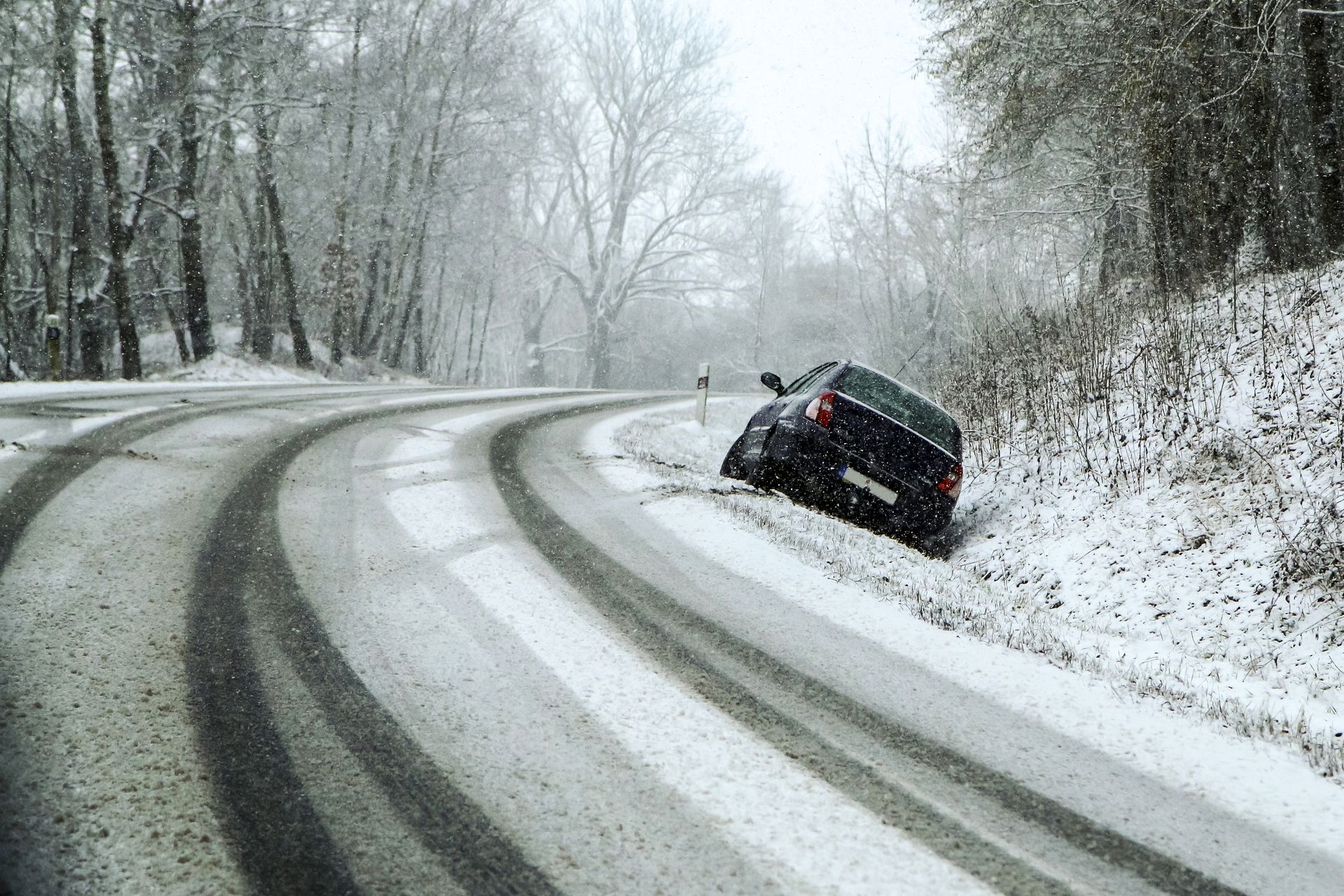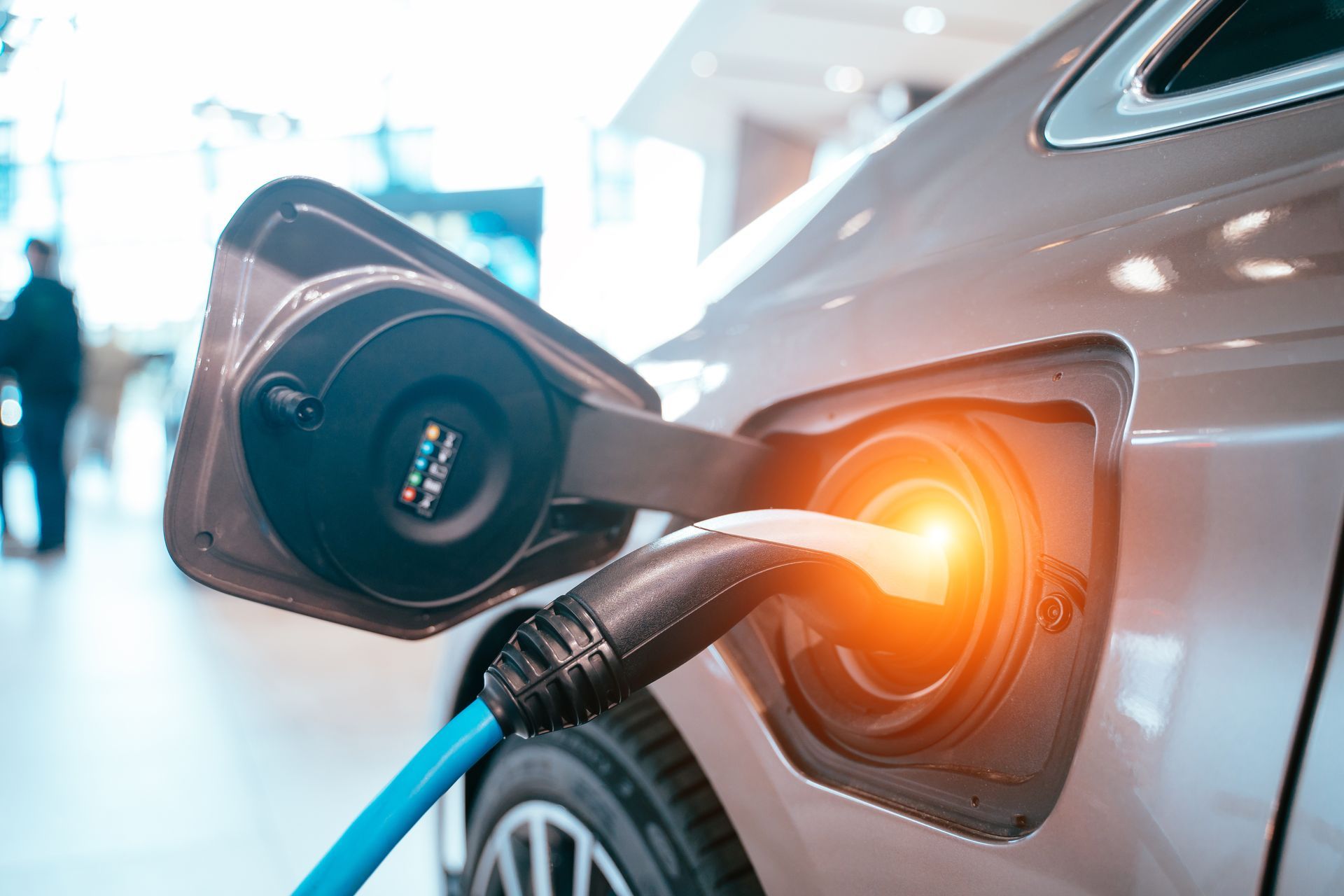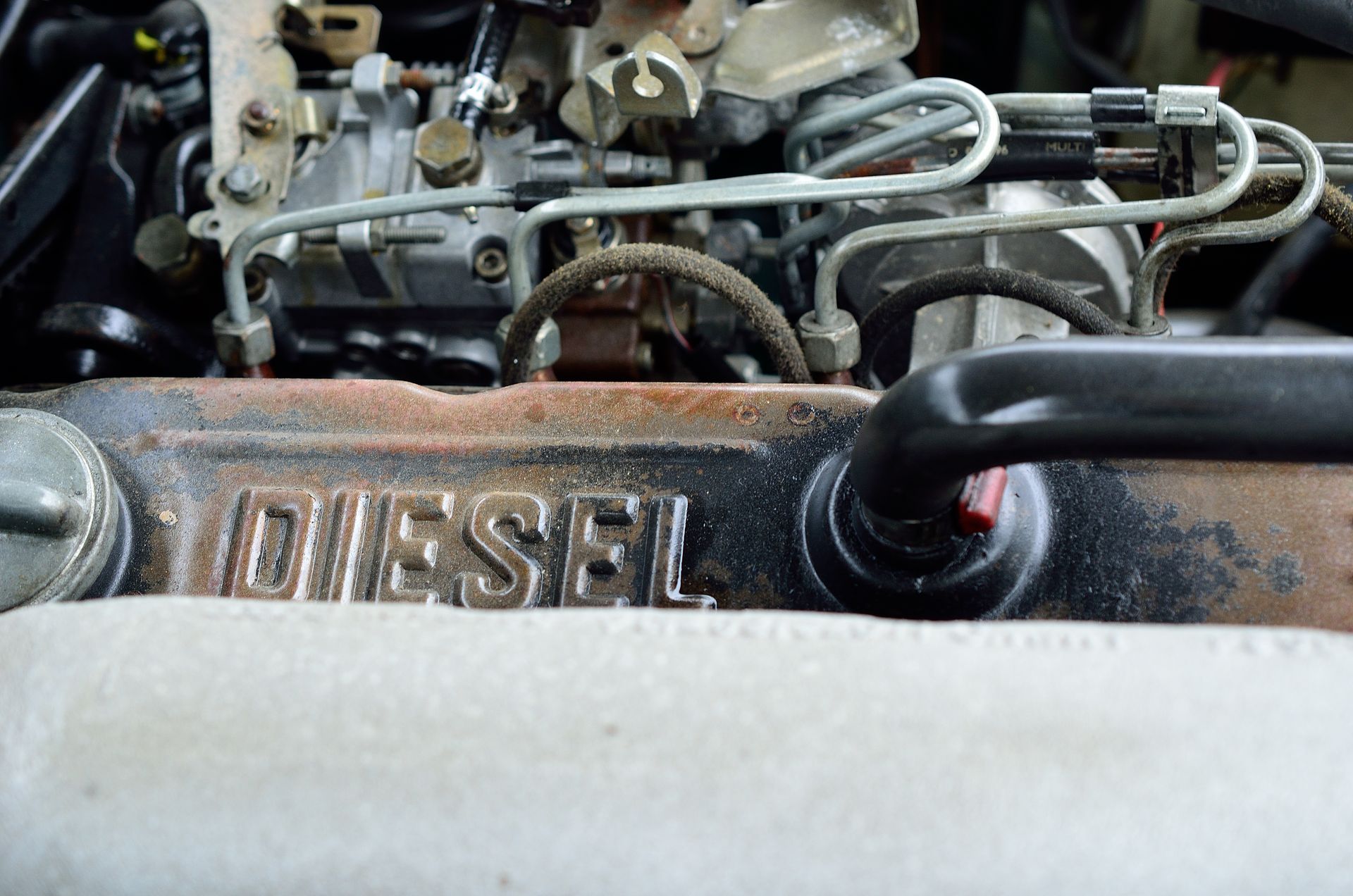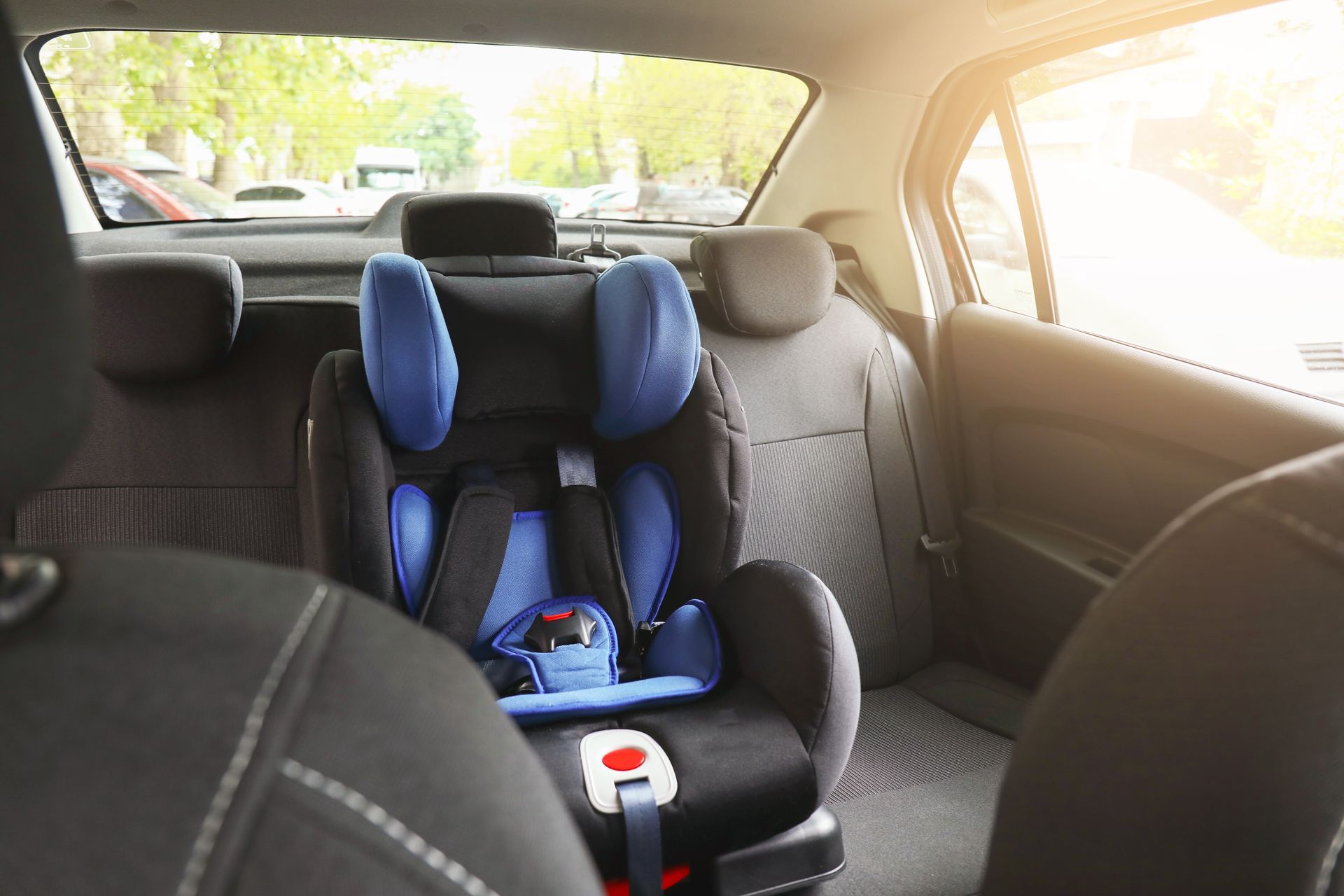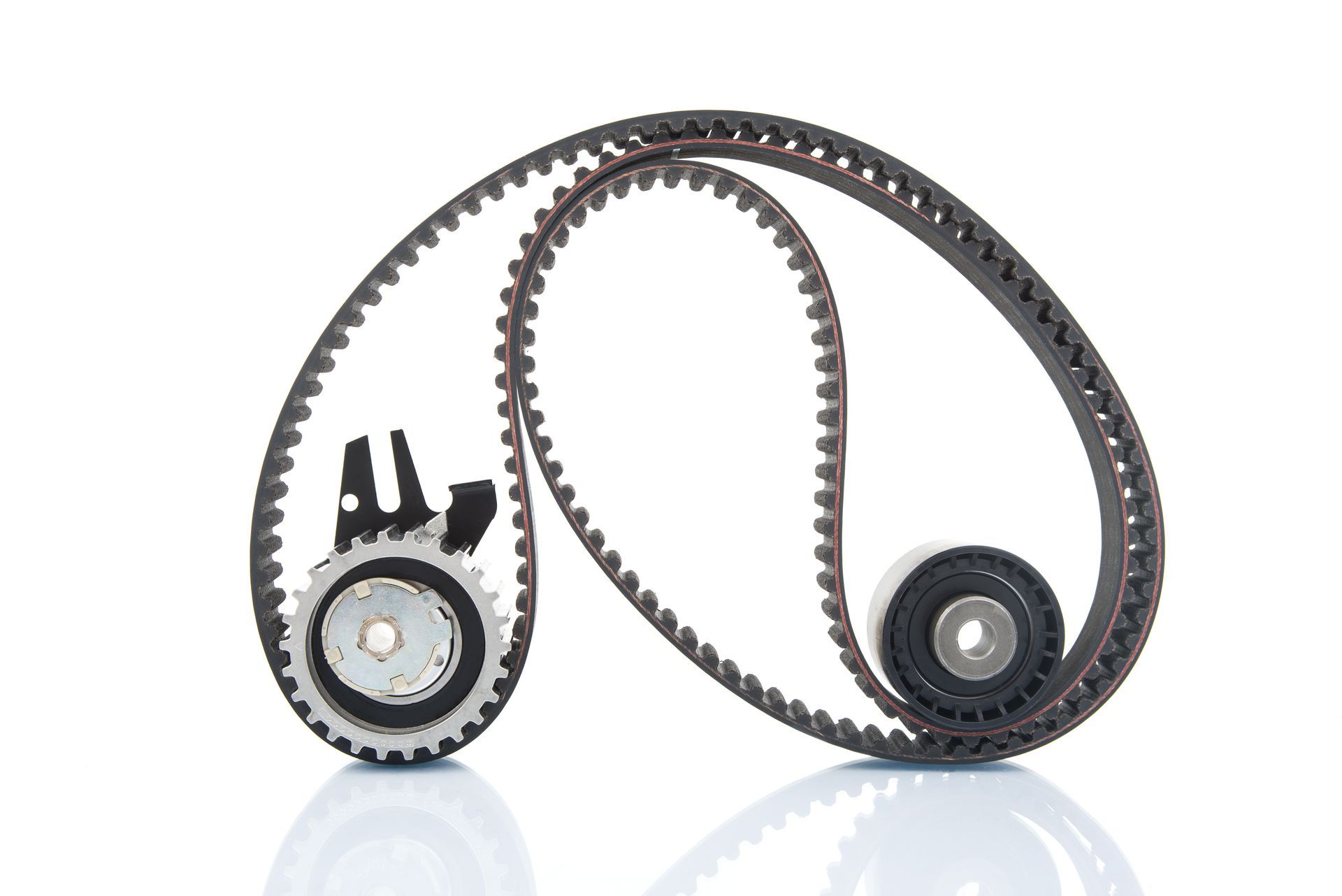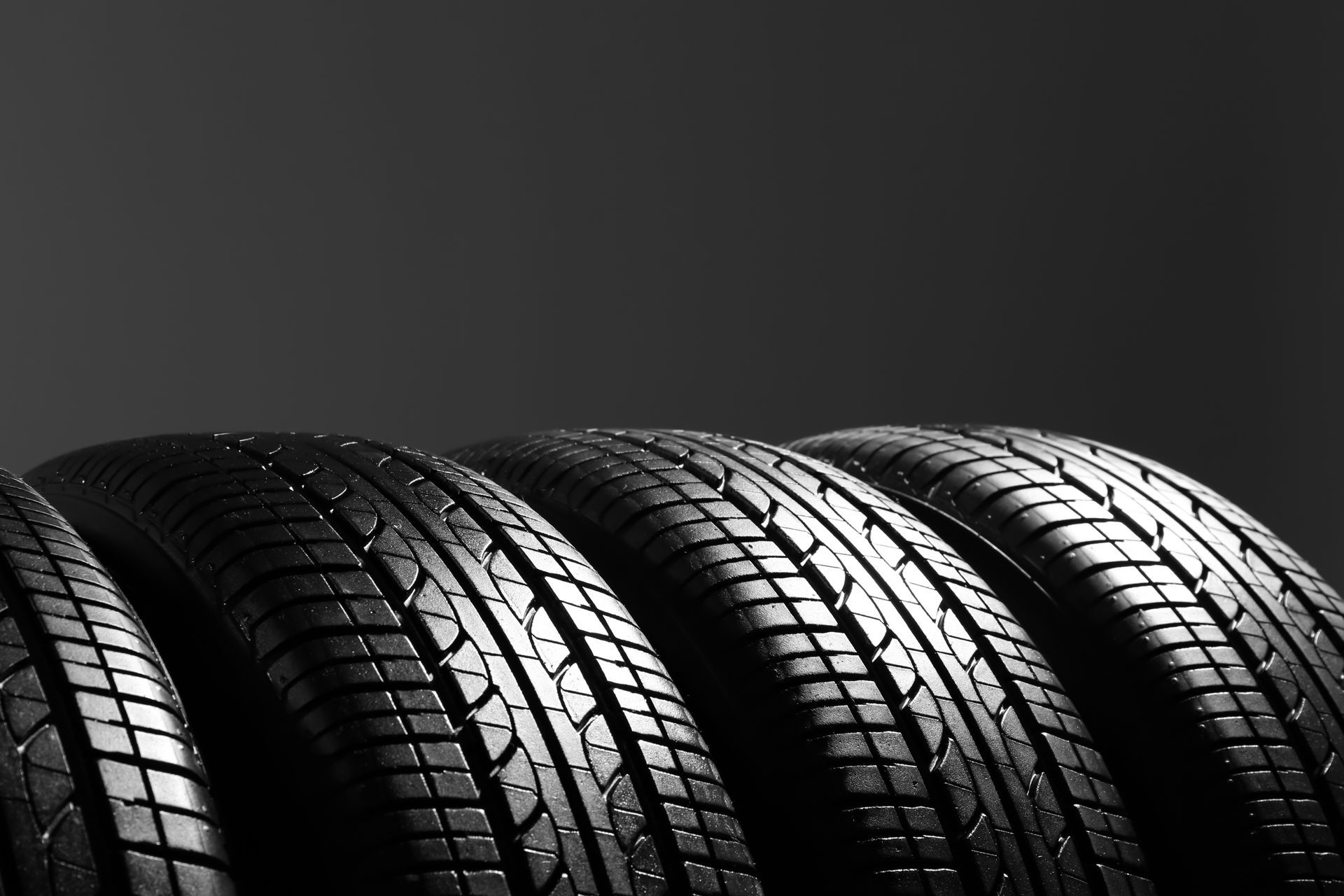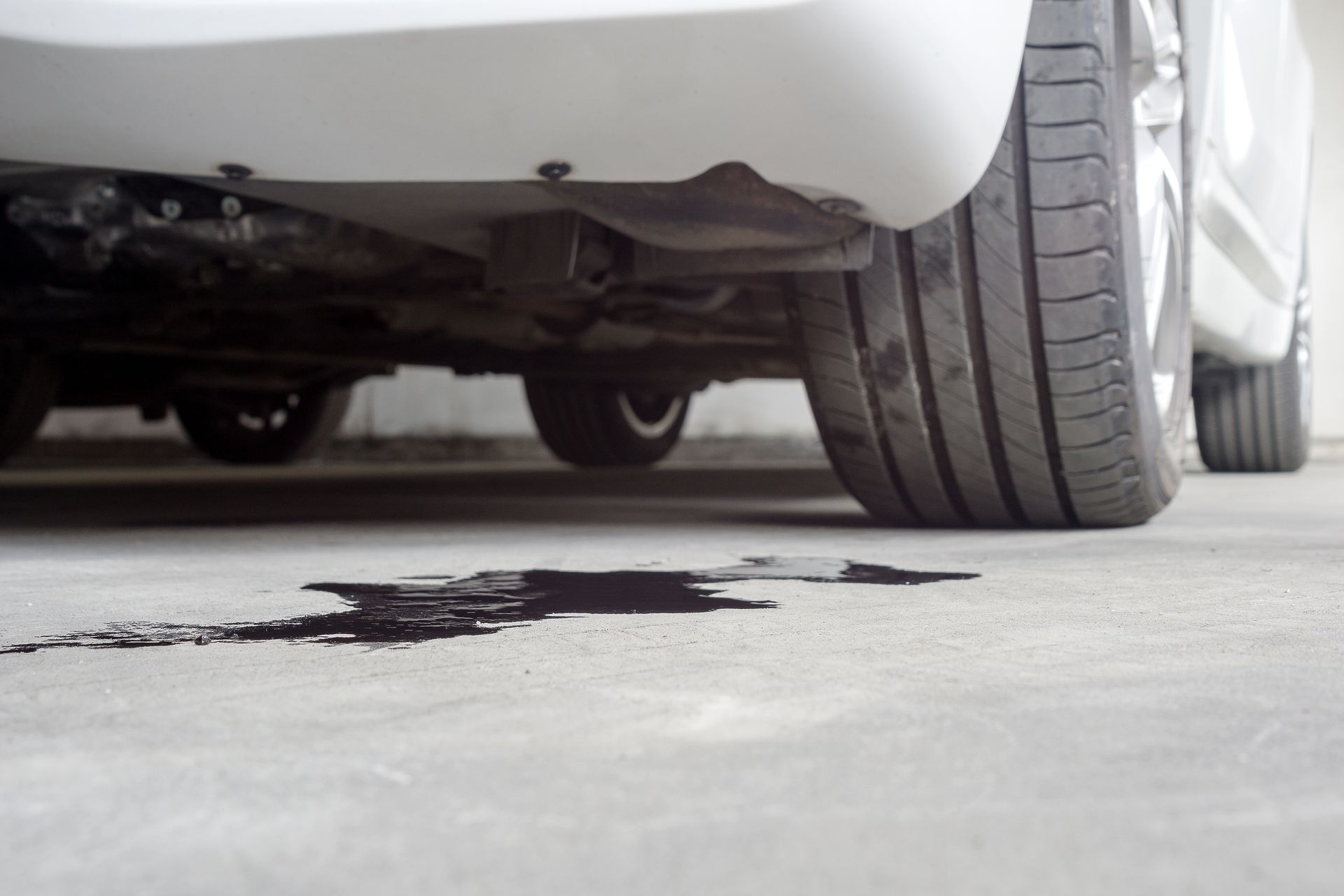Loading ...
Missing business hours data / Error occurred while getting the data.
24 hour service, After hours towing
Loading ...
Missing business hours data / Error occurred while getting the data.
24 hour service, After hours towing
Why Does My Brake Pedal Vibrate When I Press It?
March 28, 2025
A vibrating brake pedal isn’t just a minor inconvenience—it’s a warning sign that something in your braking system needs attention. If you feel pulsation when slowing down, shaking in the steering wheel, or an inconsistent response when applying the brakes, there could be an issue with your rotors, brake pads, or suspension components. Ignoring these symptoms can lead to reduced stopping power and expensive repairs. Could your brakes be trying to tell you something?
Worn or Warped Brake Rotors
One of the most common reasons for a vibrating brake pedal is warped or unevenly worn brake rotors. Rotors are the large metal discs that your brake pads press against to slow your car down. Over time, excessive heat and friction can cause warping, uneven surfaces, or hot spots that make the brake pedal feel shaky when you apply pressure.
If your rotors are warped or worn unevenly, you’ll likely feel pulsation in the brake pedal, especially when braking at high speeds or going downhill. In some cases, rotors can be resurfaced to smooth out the uneven areas, but if they are too thin or severely warped, they will need to be replaced.
Uneven or Worn Brake Pads
Brake pads press against the rotors to create the friction needed to stop your car. If they wear down unevenly or have glazing (a hardened, smooth surface due to excessive heat), they may not grip the rotor properly, leading to vibrations when braking.
Worn brake pads can also cause metal-on-metal contact, which creates not only vibration but also a loud grinding noise when stopping. If you notice inconsistent braking performance or a squealing sound, it may be time for a brake pad replacement.
Stuck or Faulty Brake Calipers
Brake calipers hold the brake pads in place and press them against the rotors when you brake. If a caliper is sticking or not applying even pressure, one side of the braking system may be working harder than the other, creating a pulsation effect in the brake pedal.
You might notice that your car pulls to one side when braking or that one wheel gets hotter than the others. A stuck caliper can also cause accelerated brake wear, uneven pad contact, and vibrations, making it essential to get it checked and replaced if necessary.
Wheel Alignment and Suspension Issues
Sometimes, brake pedal vibrations aren’t caused by the braking system at all. Misaligned wheels, worn-out suspension components, or even loose steering parts can make braking feel shaky, especially at higher speeds.
If your car vibrates when braking but also wobbles while driving, the issue may not be limited to your brakes. Having your alignment, suspension, and wheel balance checked can help rule out other causes.
Tire Issues and Unbalanced Wheels
Your tires play a huge role in braking performance. If they are unbalanced, unevenly worn, or have flat spots, they can cause vibrations that feel similar to a braking issue. This is especially common if you notice shaking at certain speeds, whether or not you’re applying the brakes.
If your tires are older, improperly inflated, or worn unevenly, it’s a good idea to check for balance and alignment issues to restore a smoother ride.
Stop Brake Vibrations with Oneida Service Center
Braking should feel smooth and controlled, not shaky or unsteady. If your brake pedal vibrates when you press it, let us diagnose and fix the issue before it worsens. A quick inspection can save you from costly repairs and ensure your car stops safely every time.
From worn rotors to stuck calipers, brake issues can’t wait. Let
Oneida Service Center diagnose the problem and get your car stopping smoothly again. Call or stop by today!
24 hour service, After hours towing
Loading ...
Missing business hours data / Error occurred while getting the data.
having trouble finding us?
Loading ...
Missing nap lines data / Error occured while getting the data.



